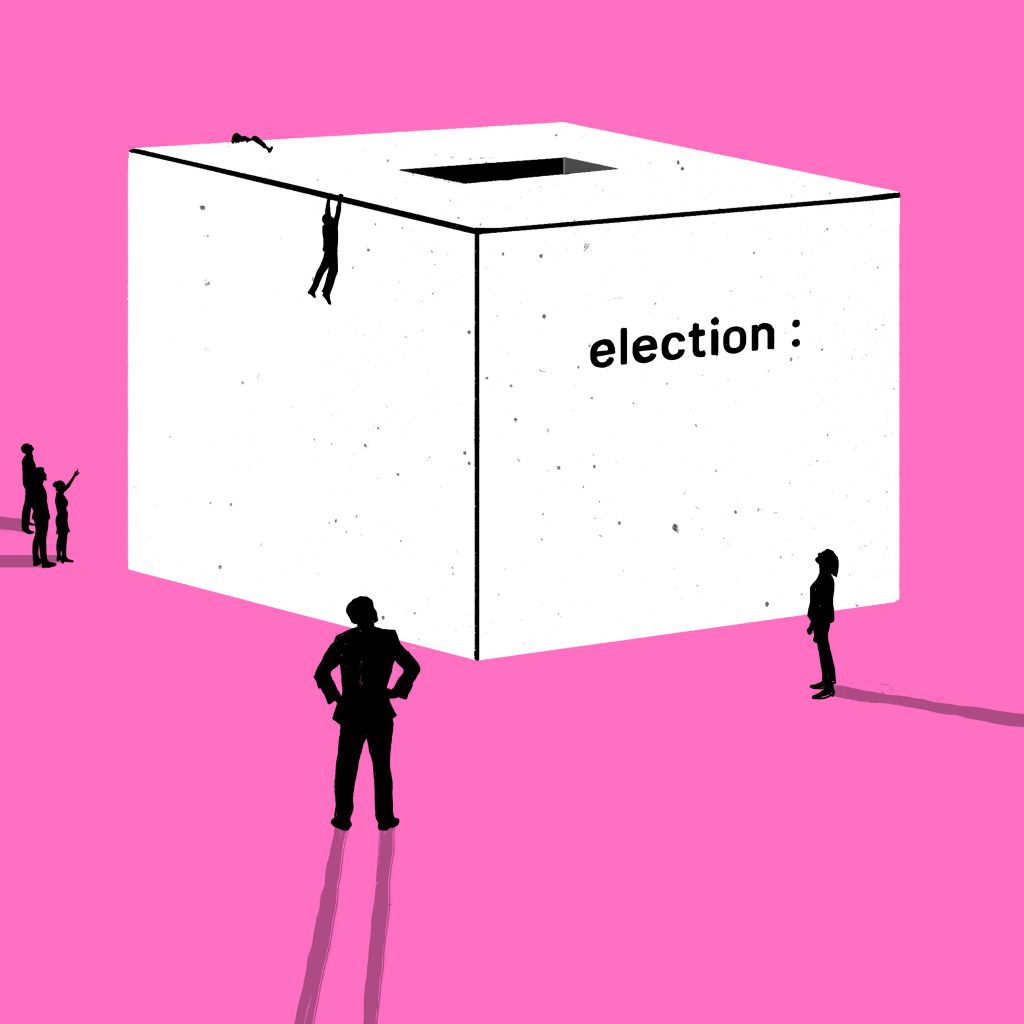
Kenya was established as a republic in December 1964 after gaining independence from British colonial rule, and Jomo Kenyatta was elected Kenya’s first president. In 1969, Kenyatta transformed the new nation into a one-party state, leaving the Kenya African National Union (KANU) as the sole party that won all parliamentary seats through 1997. Kenyatta died in office in 1978, and Daniel arap Moi—then vice president—continued the presidency, becoming the country’s second president.
When fierce democratic pluralism swept across Africa in the late 1980s, Moi restored multiparty politics in 1992. Amid an outcry of election rigging, he won that year’s elections, as well as the 1997 election. In 2002, he declared that he would retire from the presidency and groomed Uhuru Kenyatta, the son of Jomo Kenyatta, to lead KANU and take over the presidency. However, Uhuru Kenyatta was to face fierce competition from Mwai Kibaki, who campaigned on the National Rainbow Coalition (NARC) party—a coalition of several small parties—promising new constitutional reforms and an end to government corruption. The outline below details the events that led to a new constitution and a new era of democracy in Kenya. Continue reading “election : kenya 2002 . . .”

